Modernization of the gas turbine control system at K+S Kali GmbH in Germany
Nov 17, 2016
The company K+S KALI GmbH is one of the leading producers of potassium and magnesium salts worldwide with six manufacturing plants in Germany.
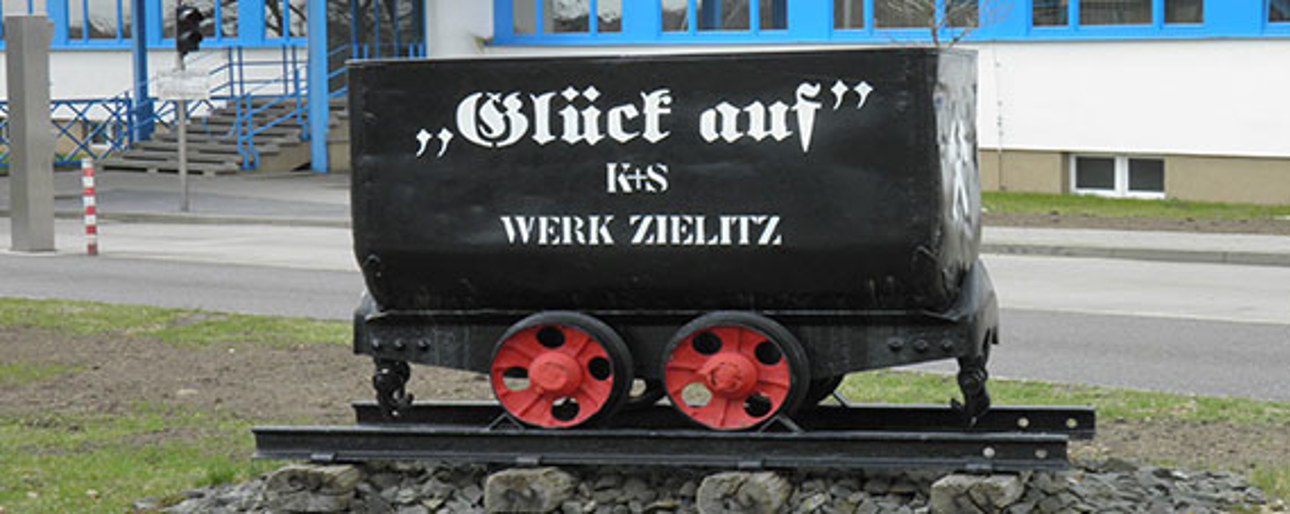
In 2015, K+S KALI GmbH decided to upgrade the turbine controls at six Solar Taurus 60S gas turbines with the control system made by Valmet. The upgrade affects six gas turbines of the year 94/95 at three locations - Zielitz, Unterbreizbach and Hattorf. The modernization of the control system with Valmet DNA was implemented at three gas turbines in 2015. Three other gas turbines will follow in 2016.
Zielitz, the largest single site
The Zielitz potash plant in Saxony-Anhalt is the largest single site and mines potassium-containing crude salt with an annual production of about 12 million tons.
The plant runs a combined cycle gas turbine (CCGT) with three gas turbines of the type Solar Taurus 60S of the year 94/95. Besides producing electricity, the exhaust gas of the Solar Taurus is the heat source for the natural circulation boiler with additional firing. In the CHP (combined heat and power) the exhaust gas of the gas turbine is used as a heat carrier for drying the fertilizer products produced.
Open and transparent automation
The originally turbine automation was shipped with the gas turbines upon commissioning in 1995 and was designed as a classic black box and was not capable of meeting K+S growing requirements for a modern and transparent turbine control system.
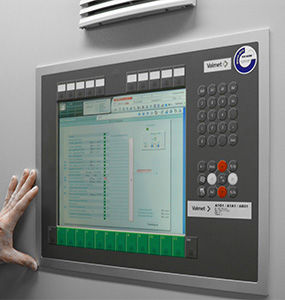
The Valmet DNA gas turbine control system is a component of the Valmet DNA process control with turbine-specific functions on the hardware and software level. Valmet DNA offers a selection of over 50 different communication protocols and thus ensures easy linkage to systems of other manufacturers.
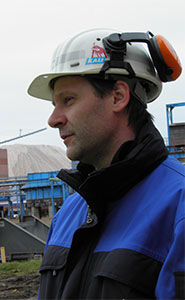
The second turbine at the Zielitz site will be retrofitted in June 2016.
Automation of the turbine has improved with the Valmet DNA. Most notably, there is much more information from the turbine available. Ingo Nieke: “We now get a much better idea on how start and stop operations take place. That is, we know the state of the turbine during the start sequence, why a sequence was canceled, where the errors are, and so on. Now we are able to actively focus on the errors, and the new automation has made the job much more convenient.”
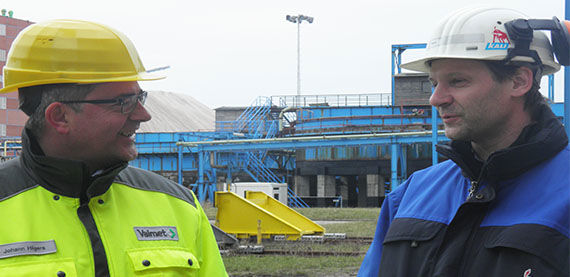
Johann Hilgers (left) from Valmet Automation and Ingo Nieke from K+S Kali GmbH.
Minimizing emission values
In Germany emission limit values for gas turbine plants are defined by the “Thirteenth Directive of Germany's Federal Immission Control Act”, or in short, 13.BImSchV. It says that the emission limit value of 75 mg/ m3 NOx must not be exceeded.
Ingo Nieke accounts that the emission levels are now much lower: "We are at 16 mg/ m3. This is a very good value. One of the reasons for investing was compliance with emissions on the legal level.”
Since the values are stipulated by law, they are regularly checked by the authorities of TÜV Nord. With Valmet’s new advanced control technology and the modern control algorithm, emissions are so low that they only reach a fraction of the permissible limits.
Valmet DNA gas turbine control system in the control room
The automation system Valmet DNA is connected to the existing main control system via a cross connection protocol. Operation with a separate gas turbine operator terminal takes place in the control room. This operator terminal features the same control options as the operator panel at the turbine cabinet in the cross connection room.
Arthur Luda, plant operator, is very pleased with the possibilities of the new system. “Compared to the old black box system, Valmet’s user interface is much clearer and configurable. Data is retrieved faster on the screen. And above all, there is much more information available.”
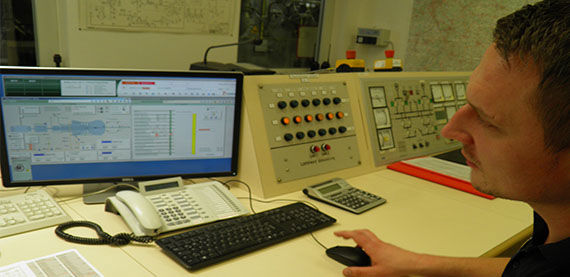
In the control room Arthur Luda and his team utilize the Valmet DNA Favorites menu to show selected images in context. Those add to user-friendliness and they are easily and as an addition to the main view displayed on the monitor.
A positive side effect - more power
Since the automation upgrade, the gas turbine’s process behavior has improved, and made a capacity increase possible. Ingo Nieke: “We have approximately 200 kilowatts more capacity than previously. That is indeed noticeable, because we now draw less electricity from the grid. This is the positive side effect of this project.”
“Now we have an operational condition that is much more stable,” confirms Ingo Nieke. “The automation system of Valmet is open. We can see what is happening in the process. This was also a requirement of our call for tenders.”
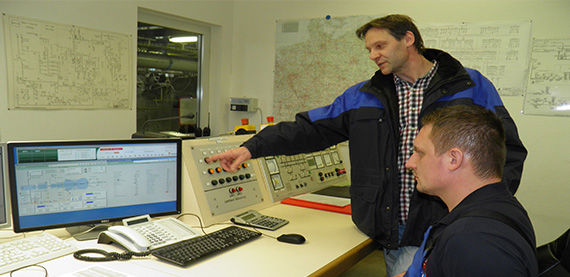
Arthur Luda (in front) and Ingo Nieke in the control room.
Project with professionals
A retrofit project can be time consuming. To counter this, on-site conditions and the actual state of the existing automation were checked and analyzed in advance. Valmet experts studied the documents and ensured that implementation included preserving all of the functions from getting lost.
The project was implemented in collaboration with Valmet and NGT Gasturbinentechnik GmbH & Co. KG. NGT Gasturbinentechnik GmbH has extensive experience in servicing and maintaining gas turbines. NGT delegated the order of automation modernization to Valmet, because they were convinced of Valmet's knowhow.
Roland Adamek, CEO, NGT Gasturbinentechnik GmbH, knows the technical functionality of the automation system: “The turbine process controllers and turbine-specific I/O cards of the Valmet DNA system meet the toughest requirements of the gas turbine OEM performance specifications.”
The factory acceptance test was conducted at the facilities of Valmet in Tampere/Finland in cooperation with K+S KALI GmbH and NGT. The factory acceptance test allows also the implementation of customer-specific requirements with respect to the control philosophy. Commissioning of the gas turbine in Zielitz was accomplished in one week.
“Valmet experts performed the work with the objectives in mind, and you could tell that they have a lot of experience with similar projects. I am still convinced that with this investment we have made the right move,” Ingo Nieke reaffirms.
For more information, please contact:
Johann Hilgers
johann.hilgers(at)valmet.com
Benefits of the modernization project
- Minimized emissions
- Improved gas turbine behaviour
- Increased capacity
